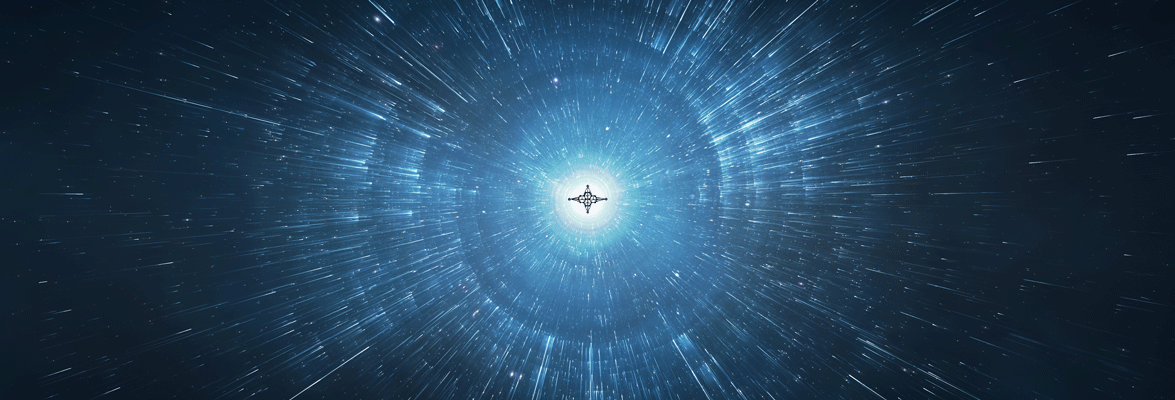PHYSICAL ENVIRONMENT
Genesis, third planet of the star system 59 Virgo, can be found 43.5 light years from Earth. 59 Virgo, a smallish type F8V star, is hotter and younger than Earth’s sun. Although it’s expected to have a shorter life-span than Earth’s sun, it still has several billion years to go.
No large moon like Earth’s orbits Genesis, but it possesses an asteroid-like belt of more than 250 moonlets orbiting between ten and twenty thousand kilometers from its surface. Most of these satellites have an irregular shape and tumble slowly in their orbits. From the planet’s surface, the naked eye can plainly see more than 100 of them forming a beautiful night time display. The largest measures about twenty-eight kilometers long, but it lies so far out that it appears only slightly larger than a star when viewed from the ground. Composition of the moonlets varies from nearly pure iron to siliceous rock. No one knows if the moons ever formed part of one larger moon, or if they are the captured remnants of a prehistoric meteor shower. The moon belt exerts negligible tidal forces on the oceans, since the moons are distributed evenly around the planet. Principal tidal action is due to the pull of the sun, 59 Virgo.
